Abstract
The incorporation of 3H-thymidine into nuclear DNA of leaf cells of Nanthium pennsylvanicum was studied as a function of concentration and specific activity of the radioisotope. From the assessment of the average number of grains per nucleus and the percent of labeled nuclei, it was concluded that the incorporation was a linear function of concentration of the exogenous radioisotopic solution and a logarithmic function of the incubation time. Ten microcuries per milliliter on the average yielded 20% of labeled nuclei with 18 grains per nucleus. Seven-fold increase in concentration only doubled the amount of 3H-thymidine incorporated. The lamina regions near the vein incorporated a significantly greater amount of the radioisotope than the lamina region at some distance from the vein. The specific activities of 2, 3.35, 6.7 and 15.3 c/mmole had no effect upon the amount of 3H-thymidine incorporated, if the amount of microcuries of the incubation solution was the same in each activity. Considering the total number of molecules, the estimated rates of incorporation indicated that at the activity of 2 c/mmole, the system operated with about 7 times higher rates as compared with the activity of 15.3 c/mmole.
Full text
PDF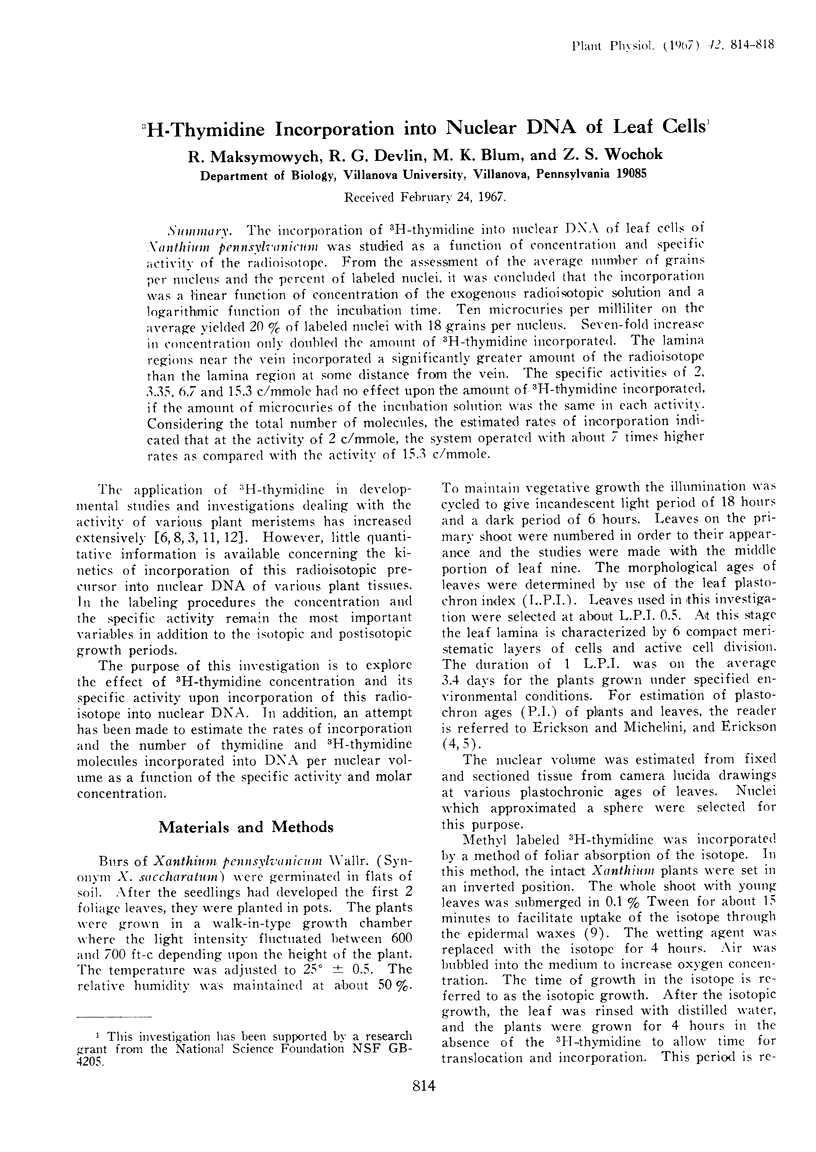
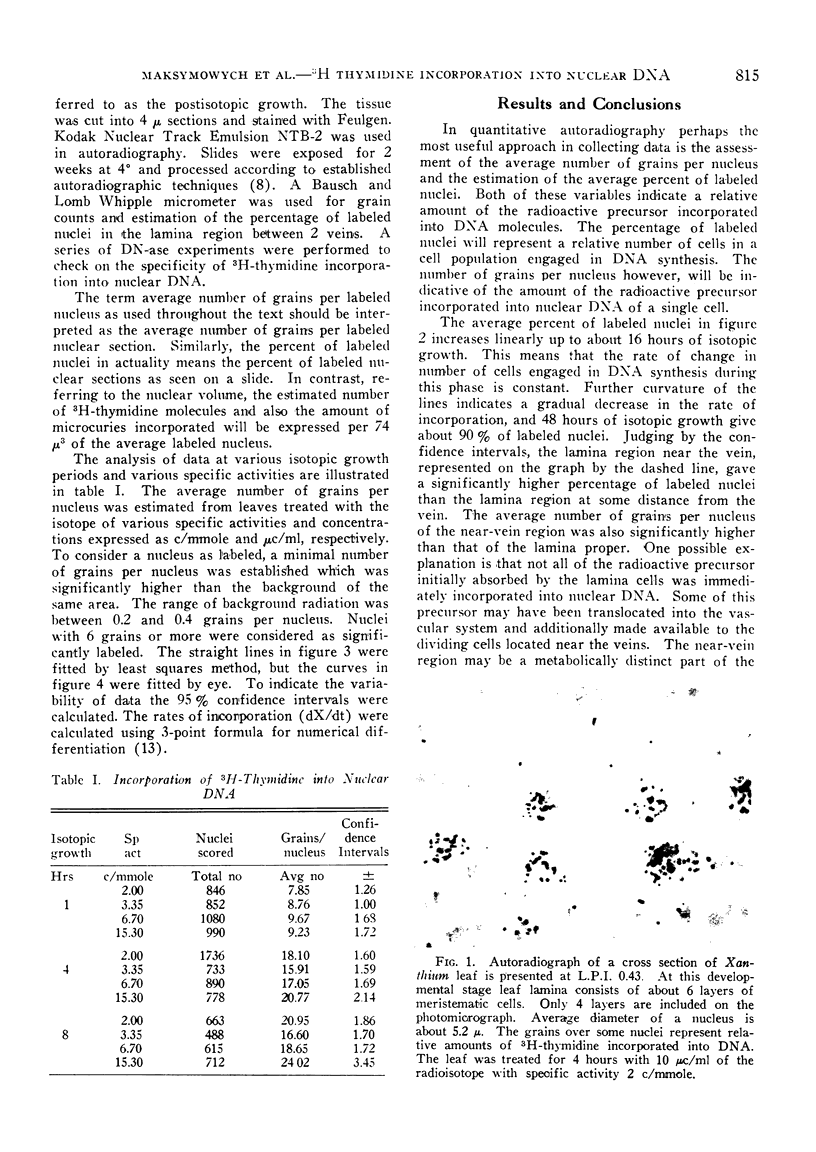
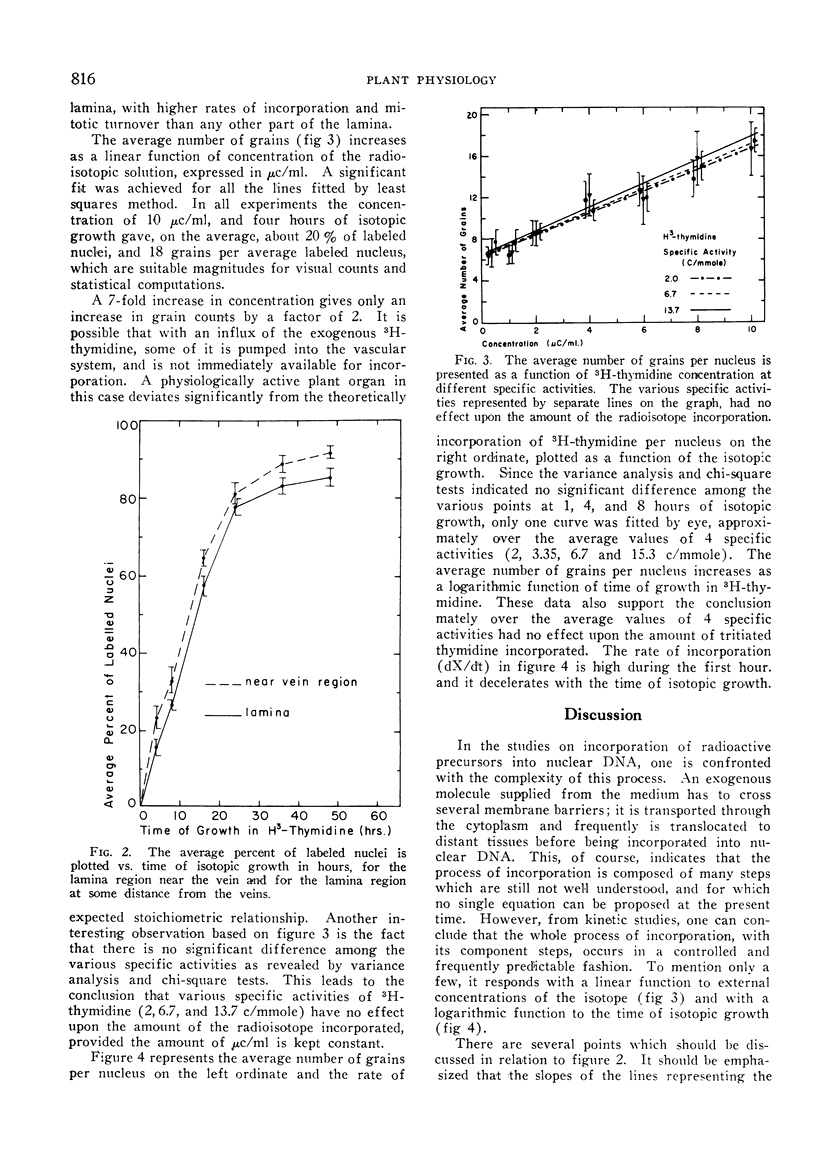
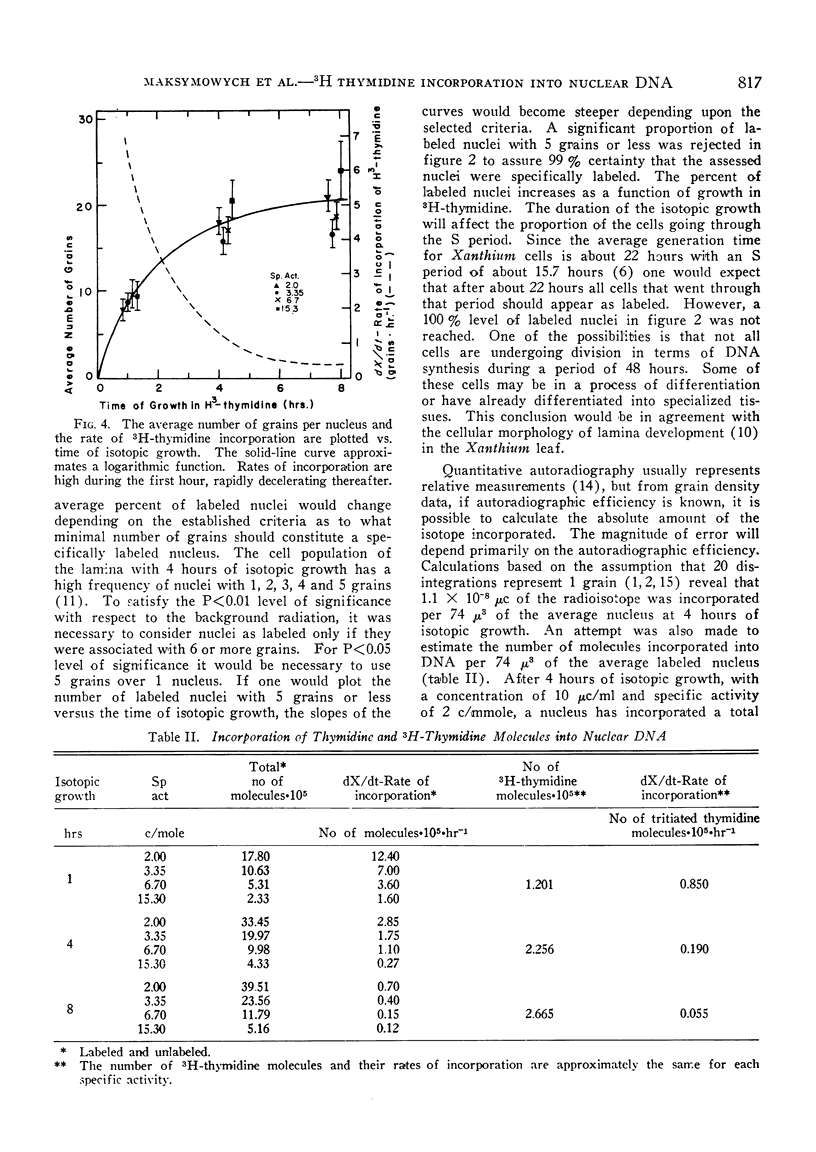
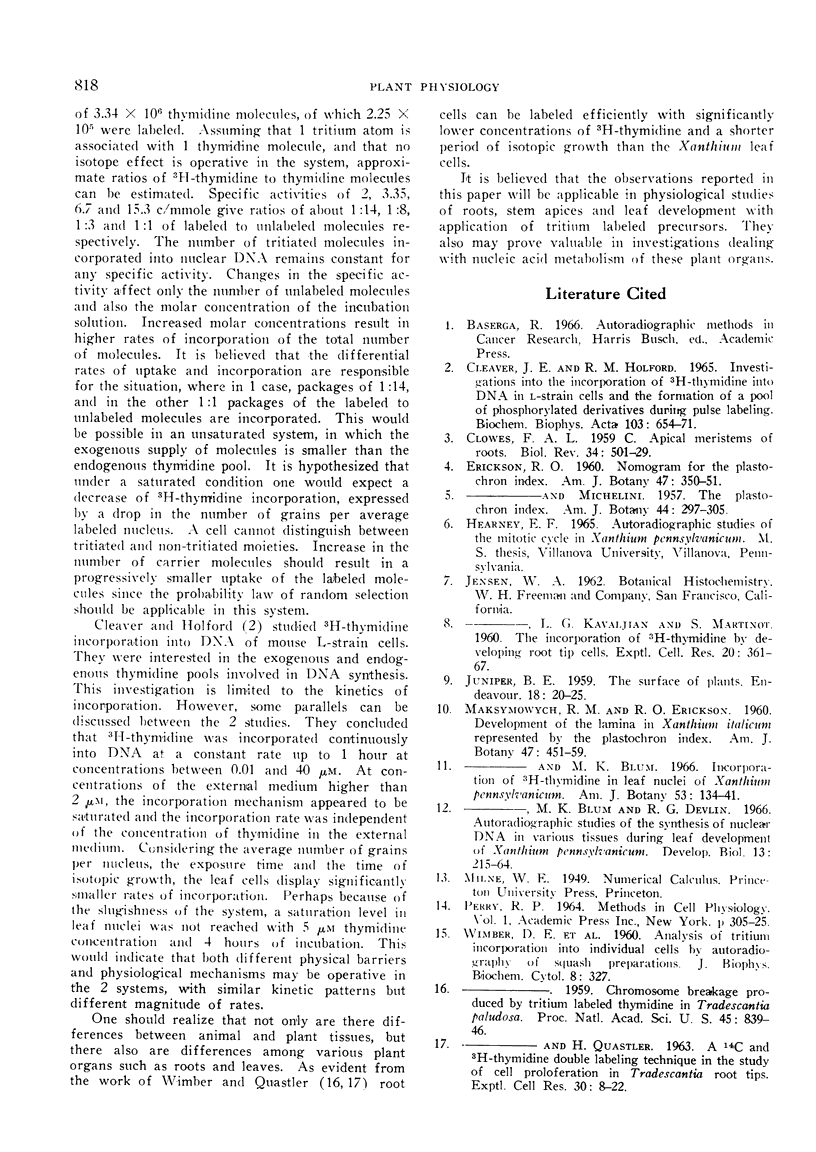
Images in this article
Selected References
These references are in PubMed. This may not be the complete list of references from this article.
- Cleaver J. E., Holford R. M. Investigations into the incorporation of [3H] thymidine into DNA in L-strain cells and the formation of a pool of phosphorylated derivaives during pulse labelling. Biochim Biophys Acta. 1965 Aug 10;103(4):654–671. doi: 10.1016/0005-2787(65)90086-9. [DOI] [PubMed] [Google Scholar]



